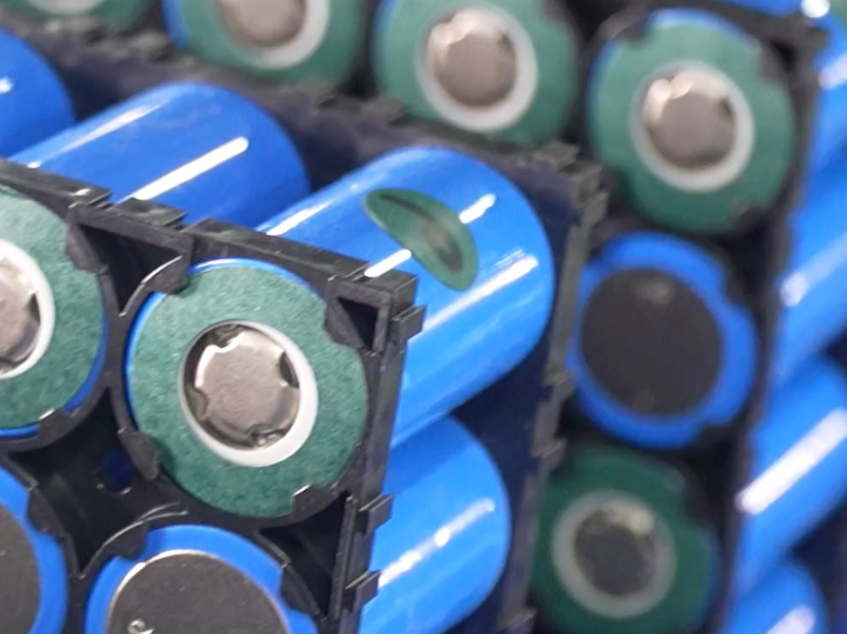Lithium-ion Marine batteries are developed based on lithium-ion battery technology, mainly using lithium metal or lithium alloy as negative electrode materials, and various lithium salt compounds as positive electrode materials. During charging and discharging, lithium ions shuttle between the positive and negative electrodes to store and release electrical energy. This battery has several advantages, including:
High energy density: Compared to traditional lead-acid batteries, lithium-ion batteries have a higher energy density, meaning that they can store more energy for the same weight.
fast charging, lithium ion battery charging efficiency is high, can quickly restore power.
Long cycle life: Lithium-ion batteries can generally withstand thousands of charge and discharge cycles, with a long service life.
Low self-discharge rate: When not in use, the self-discharge rate of lithium-ion batteries is very low, which means that the power loss is small.
No memory effect: Lithium-ion batteries can be charged at any state of charge without affecting the battery capacity as some other types of batteries do.
Environmental protection: Lithium-ion batteries do not contain harmful substances and do not pollute the environment like batteries containing heavy metals such as lead and cadmium.
Although lithium-ion batteries have the above advantages, they also have disadvantages, such as relatively high cost and the need for complex management systems to ensure safety. However, the continuous progress of technology makes these problems are gradually being solved, making lithium-ion batteries the ideal choice for Marine batteries.

Marine lithium ion battery can be used according to the material and technical parameters of divided into multiple varieties, the most common include:
Lithium cobalt oxide (LiCoO2) battery: has a higher specific energy, but is less safe and more expensive.
Lithium manganese oxide (LiMn2O4) battery: has good safety performance and moderate energy density.
Lithium iron phosphorus (LiFePO4) battery: known for high safety and long cycle life, is currently the most popular type of Marine battery.
ternary lithium (such as nickel cobalt manganese ternary material NMC) battery: set high specific energy, long life and good valence ratio in one, is a hot spot for future development.
Marine lithium ion batteries are widely used in various kinds of vessels and Marine equipment, including:
all-electric ships: use batteries as the only source of power.
Hybrid vessels: Combine traditional combustion engines and batteries to optimize energy use.
Auxiliary power and energy reserve: as an emergency power supply or auxiliary power system.
Unmanned ships and Marine monitoring devices: In order to increase the level of automation and reliability, rely on batteries as the main energy source.
These applications not only reduce the ship's emissions and fuel dependence, but also improve operational efficiency and economy.
With the increasingly stringent environmental regulations and the development of clean energy technologies, lithium-ion Marine batteries will continue to be more widely used. Future trends may include:
Material innovation: In order to improve safety performance and energy density, new battery materials and technologies are constantly being developed.
Cost reduction: As production scales up and technology matures, the cost of lithium-ion batteries is expected to decrease further.
system integration: the combination of intelligent management system and battery technology will improve the security and performance.
Nevertheless, lithium-ion Marine batteries face some challenges, such as:
Safety issues: The thermal stability and safety hazards of lithium batteries are issues that need close attention and improvement.
Temperature adaptability: Extreme temperatures can affect the performance and life of lithium-ion batteries.
Recycling and reuse: With the increase in the number of used batteries, the disposal of waste batteries and material recycling has become a new challenge.
The development of lithium-ion Marine batteries is full of opportunities and challenges, and it plays an important role in promoting the green development of the Marine industry. It is believed that in the future, driven by technology, more breakthroughs and innovations will be achieved in this field.